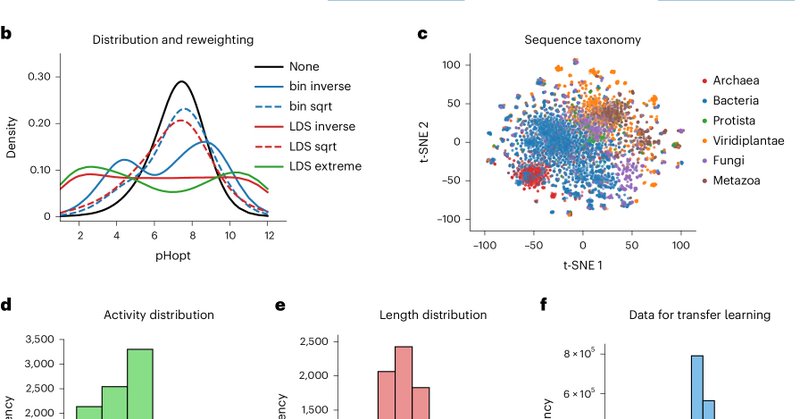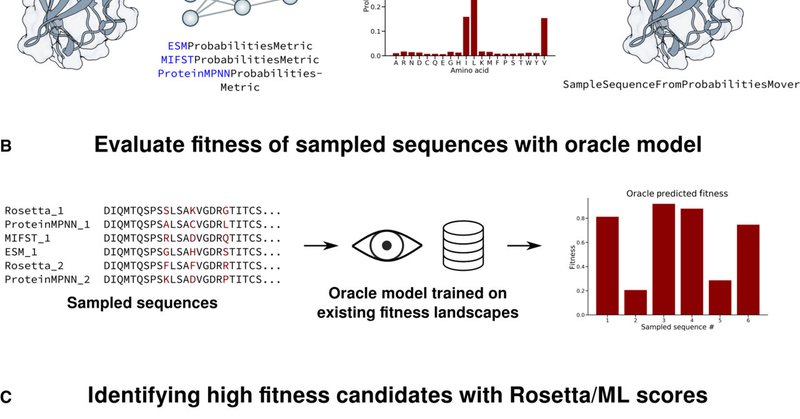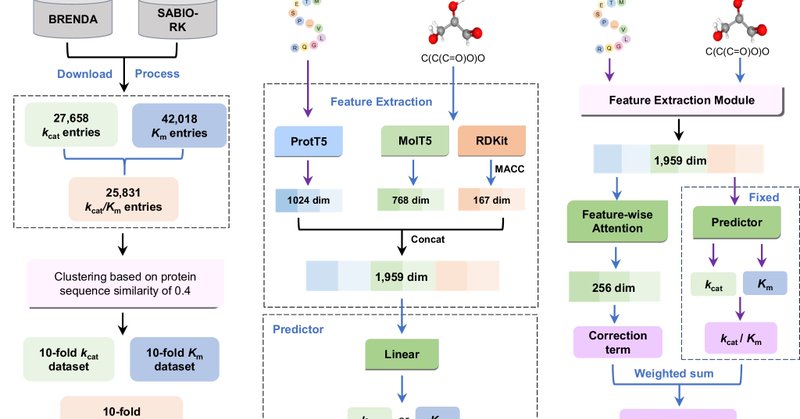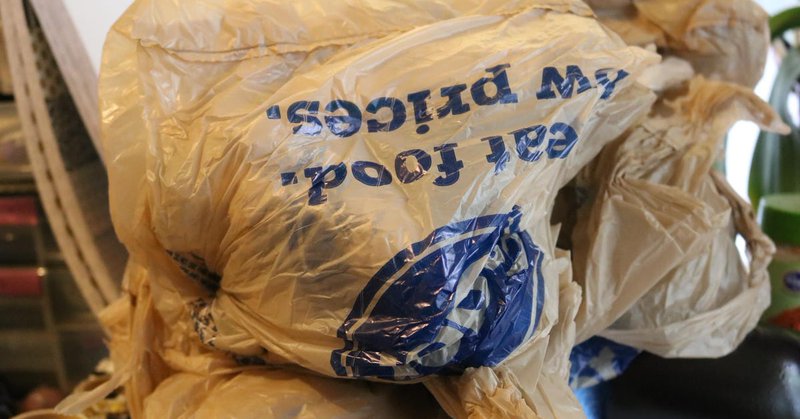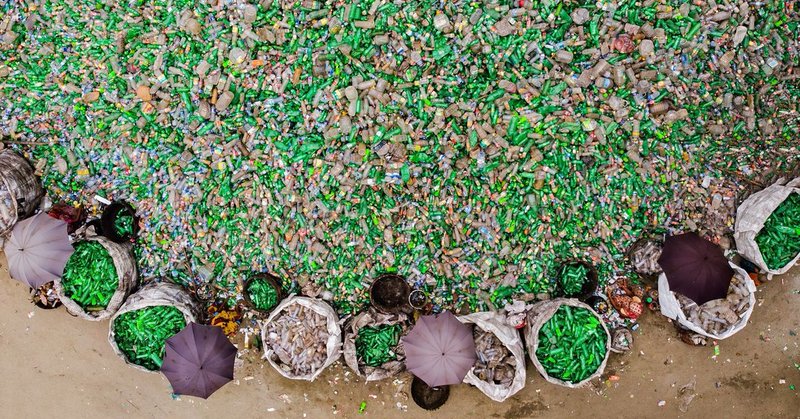
Protein Evolution
@ProteinEvo
Followers
625
Following
78
Media
18
Statuses
197
Making proteins the foundation of the next wave of scientific breakthroughs.
New Haven, CT
Joined February 2021
Really impressive work just published in Nature Machine Intelligence by the @NREL + @harvardmed teams. They trained 11K+ models to predict enzyme pHopt — and PLMs dominated across the board. Biology meets language models → 🔥.
nature.com
Nature Machine Intelligence - Accurately predicting the optimal pH level for enzyme activity is challenging due to the complex relationship between enzyme structure and function. Gado and...
0
0
2
Open benchmarks move the field forward. The 2024 Adaptyv EGFR binder comp just dropped its preprint: Real target, real validation, public data. Great step for reproducibility + collaboration in protein design. #ProteinDesign #Adaptyv #ML #OpenScience.
biorxiv.org
In this report, we summarize and analyze the 2024 Adaptyv protein design competition. Participants used computational and Machine Learning (ML) methods of their choice to design proteins that bind...
0
0
1
Excited to build alongside this next phase. Link: @UWproteindesign . #rfdiffusion2 #proteinengineering #AIenzymes.
biorxiv.org
De novo enzyme design starts from ideal active site descriptions consisting of constellations of catalytic residue functional groups around reaction transition state(s), and seeks to generate protein...
0
0
0
Need a better enzyme?. We help life sciences teams get custom, industrial-grade enzymes — fast. Struggling with: .🧪 Low selectivity.🧬 Poor scalability.🕒 Long optimization cycles?. We’ve got you. Learn more → #AI #Biotech #EnzymeDesign.
pei.bio
A New Era for Protein Design - Advancing human health, chemicals, materials, and medicine.
0
0
0
@VanderbiltU The future of protein design isn't just AI-driven — it's AI-informed, physics-aware, and purpose-built. 🔗 #ProteinDesign #AIinBiotech #SyntheticBiology #ProteinEvolution #ComputationalBiology #Biophysics #EnzymeEngineering.
phys.org
An interdisciplinary research team from Leipzig University and the Saxon AI center ScaDS.AI has developed a novel approach that integrates artificial intelligence (AI) methods with biophysical...
0
0
0
@VanderbiltU By pairing state-of-the-art structure and sequence prediction tools with thermodynamic and functional constraints, we're making it faster, cheaper, and more intuitive to design proteins that solve real-world problems — from polymer degradation to therapeutic development.
1
0
0
@VanderbiltU This integrated approach closes the gap between theoretical design and real-world function — a challenge every protein engineer knows well. 🧬 At Protein Evolution, we’re seeing the same value in hybrid models.
1
0
0
@VanderbiltU The team demonstrated that AI alone can generate novel protein sequences, but by layering in physics-based folding models, they can validate and optimize those sequences with much higher confidence.
1
0
0
Recent research from Leipzig University and @VanderbiltU shows how combining artificial intelligence with biophysical modeling significantly improves our ability to predict how proteins fold — and importantly, how they can be redesigned for new functions.
1
0
0
While these findings are early-stage, they suggest exciting possibilities for biotech, pharmaceuticals, and novel chemistries. #AI #Biotechnology #EnzymeEngineering #DeepLearning . Read more here:
nature.com
Nature Communications - Enzyme kinetic parameter prediction is a challenge in enzyme discovery and engineering. Here, the authors train a robust deep learning model CataPro to predict enzyme...
0
0
1
@arcinstitute That’s why we focus on combining these innovations with human-in-the-loop refinement — to reduce experimental cycles and make discovery more efficient. We’re eager to see how tools like this continue to push the field forward. #ProteinEngineering #GenerativeAI #SyntheticBiology.
0
0
0
@arcinstitute At @ProteinEvo, we’re constantly learning from advancements like this. AI-driven tools are reshaping protein engineering, but translating designs into real-world results still requires careful iteration and expert insight.
1
0
0
Exciting progress from the @arcinstitute! Their latest generative AI tool marks a significant step forward in protein design, helping to accelerate discovery across the life sciences, human health and longevity, and environmental innovation. 🔗
3
0
2
When we think of plastic waste, most of us picture bottles and bags — but did you know that textiles are an even bigger issue?. With fast fashion on the rise, the problem is only growing.
cnet.com
You can't recycle all types of plastic -- some belong in the trash and others need to be composted.
1
2
1
Circularity may be a buzz word – but for us, it’s a technical term. Our Biopure process achieves true circularity with plastic production and end-of-life waste.
impact.economist.com
0
2
3
